#Fungi
Text
Okay. This is a pretty big deal in the world of mycology. Historically fungi have been divided up into either parasites that siphon resources from plants, mutualists that cooperate with them, or saprotrophs that break down decaying organic matter (plant and otherwise.) The genus in question, Mycena, has traditionally been made of saprotrophic species feeding on decaying wood.
However, what scientists are observing is Mycena fungi displaying primitive mutualistic behaviors, specifically providing living plants with nitrogen and getting carbon in return from a living partner, or getting to chow down on the plant's remains once deceased. This shows a significant level of adaptability that hasn't been observed in fungi beforehand, though given how much we don't know about fungi there's a good possibility this isn't an unprecedented event.
It doesn't surprise me one bit that we're seeing this in Mycena. These fungi are especially opportunistic; in fact, that mushroom growing out of a frog's skin that we saw a while back was also a Mycena species. Perhaps we need to add bonnet mushrooms to raccoons, dandelions, and other hardy generalists as symbols of scrappy survival in spite of environmental pressures.
#Mycena#bonnet mushrooms#mushrooms#mushroom#fungi#fungus#mycelium#mycology#botany#biology#nature#science#scicomm#evolution#environment#ecology#mutualism#mycorrhizal fungi
448 notes
·
View notes
Text

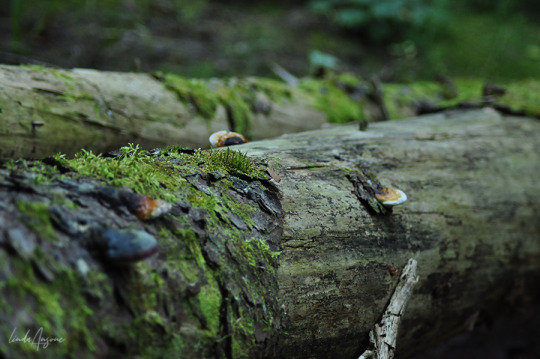

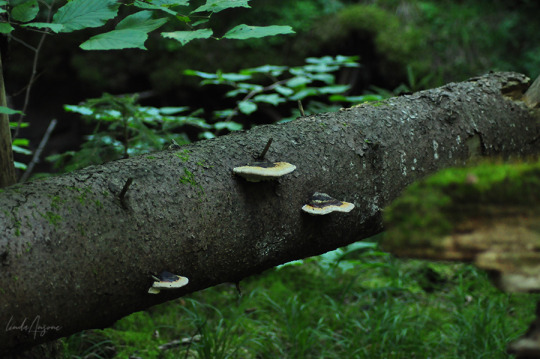

Cecīļi Nature Trail, Latvia
#woods#forest#woodland#green#moss#mushrooms#fungi#polypore#fomitopsis#creek#stream#rocks#latvia#naturecore#nature photography#forestcore#nature aesthetic#forest floor#forest aesthetic#original photographers#photographers on tumblr
288 notes
·
View notes
Text
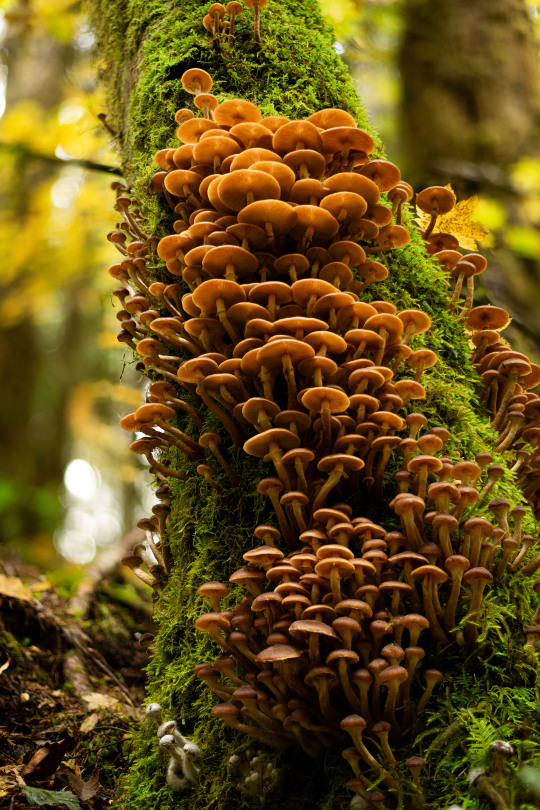
Honey mushrooms, Seabeck WA
#mushroom#fungi#fungus#mushrooms#artists on tumblr#nature#original photographers#original photography#photography#photographers on tumblr#Washington#pacific northwest#forest#cottagecore#explore#p
325 notes
·
View notes
Text

Konks for sale! 1 careful owner (deceased)
388 notes
·
View notes
Text
Since 2023, three articles have appeared in scientific journals, with 45 authors in all, arguing that the claims made on behalf of the wood-wide web have far outstripped the evidence. The objections are numerous. Many studies of inter-tree transfers have found only minuscule amounts of sugars shuttling between the trees – “statistically significant” but not necessarily “biologically significant”, one group of authors says – and most don’t rule out the possibility that the resources travelled through the air or soil rather than fungally. Despite Wohlleben’s insistence in Hidden Life that in a mycorrhizally conjoined forest “it is not possible for trees to grow too close to each other”, studies have not generally shown that seedlings ensconced in fungal networks do better when close to older trees (they often do worse). And although many trees are colonised by mycorrhizae, there is debate about whether those mycorrhizae actually form a durable network through which nutrients and signals could pass.
Nature, the original venue for Simard’s research, recently ran an explosive news feature by Aisling Irwin on the “groundswell of unease” among ecologists with public discussions of mycorrhizal networks. Irwin reports on the scientists’ general scepticism and on a particular episode that has raised concerns. In her memoirs, Simard makes much of the idea that “mother trees” favour their kin. She describes in detail field research by her graduate student showing that seedlings placed in a fungal network “survived better and were noticeably bigger” if they were genetically related to nearby older trees. But that field study, the critics have noted, actually showed the opposite: the related seedlings were likelier to die, though the trend was not statistically significant. (Simard says that other studies by the student, from the laboratory, support her claims and she’d merely made a narrative choice to describe the results as emanating from the forest. “I do not, and would never, imply anything misleading when presenting research,” she told Irwin.)
What makes the recent criticisms of Simard’s work so striking is that some come from her former colleagues and admirers. The first critical review of evidence was by three scientists – Justine Karst, Melanie Jones and Jason Hoeksema – who had all co-authored papers with Simard. The lead author, Karst, has discussed how she was inspired by Simard’s research to become a mycorrhizal ecologist. The second, Melanie Jones, appears in Simard’s memoirs as a hero who supported Simard when few others would. Jones co-authored the 1997 “wood-wide web” article, though she no longer stands fully by it. It was the cultural obsession with intelligent trees, from television shows to airport books, that impelled Karst, Jones and Hoeksema to reconsider their own earlier work.
Simard, who is preparing detailed replies, regards these in-the-weeds debates as distracting from the urgent task of protecting forests. She has described the attention that Karst, Jones and Hoeksema’s criticisms have received as “an injustice to the whole world”. Perhaps, but it is exceedingly hard to read the recent reviews of evidence and retain faith in the wood-wide web as settled scientific fact.
“Why do we so badly want this to be true?” Karst has asked. Maybe the unrelenting news of global warming and its attendant catastrophes – wildfires, hurricanes – has driven readers for respite toward calmer environmental stories. Or perhaps recent political cruelties have led us to seek reassurance that, in nature, beings are thoughtful and kind. The connective aspect seems important, too, as if trees’ fungal friendships could release us from our phone-checking isolation. Fairly or not, we’ve loaded our aspirations on to the forest: be the tree you want to see in the world.
[...]
A tree, Farmer writes, is “a radically nonhuman thing”, and a large, old tree is especially one. If trees have conceptual value, it is not because their similarity to us elicits our sympathy, but because their difference from us enlarges our horizons. They are the most visible markers on the evolutionary road not taken. Trees stand in for all the photosynthesising, carbon-dioxide breathing, fixed-in-place species that share our world yet have fundamentally different ways of living in it.
Contemplating trees should be, above all, an exercise in humility. The mountains and woods, Santayana told his California audience, allow you to “take yourselves simply, humbly, for what you are, and to salute the wild, indifferent, non-censorious infinity of nature”. Perhaps the presence of beings older, larger and more numerous than we are – whether or not they resemble internet users or our mothers – can be a reminder that we are not everything, and that everything is not us. “Let us therefore be frankly human,” Santayana enjoined. And let the trees be trees.
117 notes
·
View notes
Text
https://shelby-572.suduso.com.cn/bp/NwqR3l0
#sunset#gayguy#neil patrick harris#Nicole Scherzinger#Jennifer Lawrence#project sekai#couple goals#jon snow#fungi#black girl moodboard#nekomimi#onlyfans subscription#泉里香#19th century#illest
124 notes
·
View notes
Text

Cup fungi (Cookenia sp.)
By Nick Garbutt
76 notes
·
View notes
Text
#joshua kimmich#femme#vento aureo#Brendan Fraser#ashley johnson#adrinette#Nicole Scherzinger#Jennifer Lawrence#jon snow#fungi#ishimondo#nekomimi#onlyfans subscription#泉里香#19th century
121 notes
·
View notes
Text

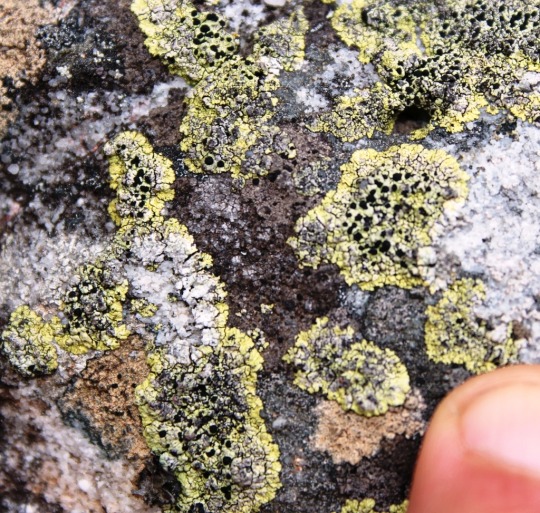

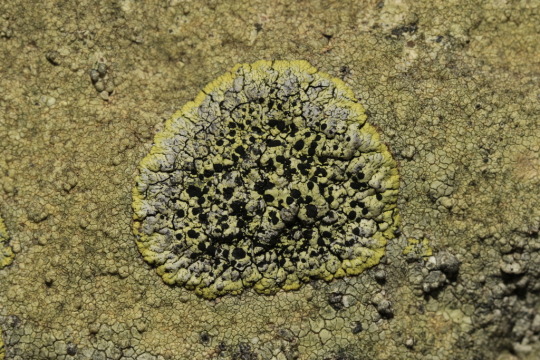
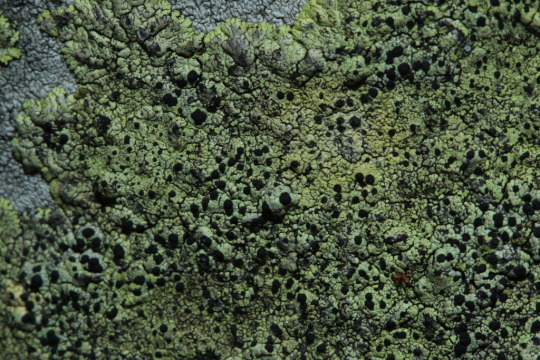


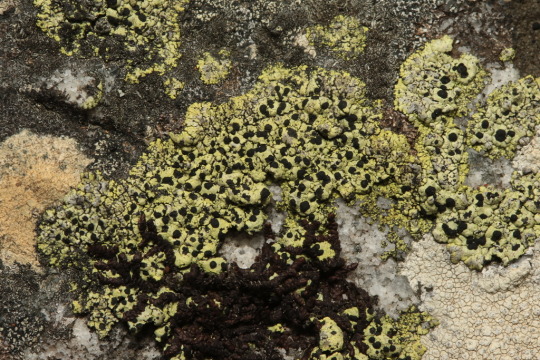
Diploicia africana
This crustose-placodioid lichen grows in yellow rosettes on siliceous, rock in South Africa. The upper surface is often bleached and wrinkled toward the center of the rosette, and speckled with black, lecideine apothecia. Being that D. africana is a) crustose b) saxicolous and c) endemic to the southern hemisphere, it shouldn't be surprising that this lichen appears to be largely understudied, and it might be more widespread than currently recognized.
images: source
info: source
#lichen#lichens#lichenology#lichenologist#mycology#ecology#biology#fungi#fungus#symbiosis#symbiotic organisms#algae#life science#environmental science#natural science#nature#the natural world#Diploicia africana#Diploicia#trypo#trypophobia#I'm lichen it#lichen a day#daily lichen post#lichen subscribe
58 notes
·
View notes
Text
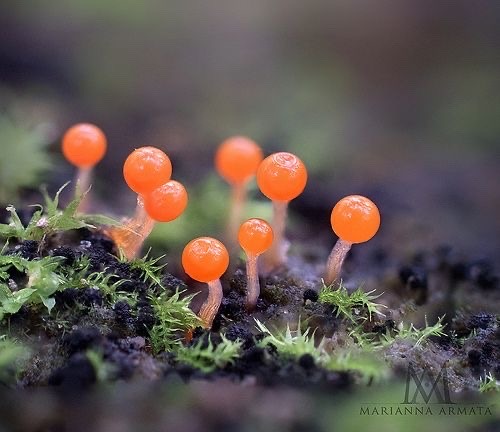

Trichia decipiens
(Salmon egg slime mould) 🍣
#nature#fungi#mushrooms#slime mould#plants#mycology#aesthetic#mushroom aesthetic#nature aesthetic#plant aesthetic#pretty
51 notes
·
View notes
Text

[Mycena mariae] growing on a pine cone
21 notes
·
View notes
Text

Weeping bolete
#suillus granulatus#weeping bolete#mushrooms#fungi#mycology#foraging#moss#edible mushrooms#forest floor#forestcore#naturecore#nature photography#nature#original photographers#photographers on tumblr#fujifilm photography
126 notes
·
View notes
Photo

Brown mushrooms
#mushroom#fungi#fungus#mushrooms#artists on tumblr#nature#original photographers#original photography#photography#photographers on tumblr#Washington#pacific northwest#forest#cottagecore#explore#p#need id
279 notes
·
View notes
Text
Just so everyone is aware:
An international group of qualified mushroom identifiers who do worldwide identification in emergency cases have identified the Shroomers App as a potentially very dangerous system that could kill you if you try to use it to identify edible mushrooms. They use AI to generate almost all of their content, including their identification profiles on their app as well as their books and other materials. Not only is this unethical from a content creation standpoint, it is also extremely dangerous.
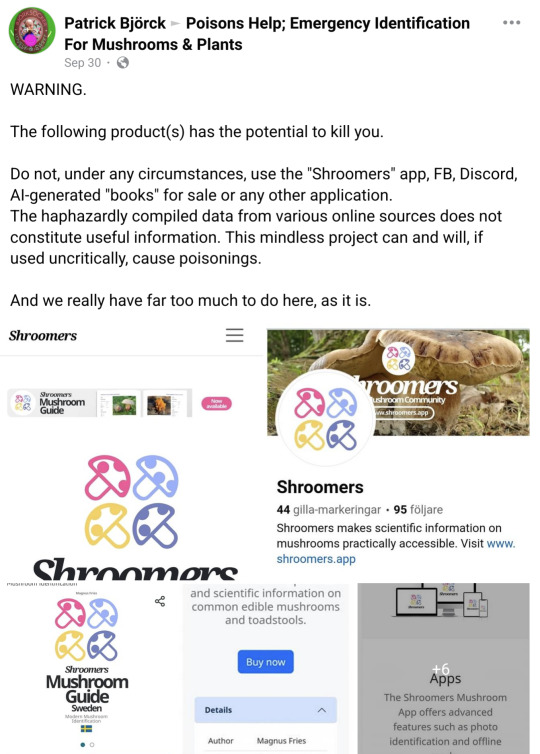
DO NOT USE APPS FOR IDENTIFICATION PURPOSES BEYOND SIMPLE CURIOSITY. A MISTAKE WHEN IDENTIFYING AN EDIBLE COULD COST YOU YOUR LIFE. DO NOT EAT ANY FORAGED MUSHROOM YOU CANNOT IDENTIFY YOURSELF BY SIGHT OR HAS BEEN IDENTIFIED IN PERSON BY SOMEONE WHO CAN.
ONLY BUY BOOKS FROM REPUTABLE SOURCES AND AT THIS POINT THAT MEANS ASKING EXPERIENCED PEOPLE WHAT BOOKS THEY USE.
Mushrooms are fun, amazing organisms. Enjoy safely.
#mushroom#mushroom identification#mushrooms#fungus#fungi#macrofungi#shrooms#mycology#shroomersapp#shroomers app#shroomers#mycophobia
44K notes
·
View notes
Text
I see you've noticed my overhead mural of mushrooms.
That's myceiling.
28K notes
·
View notes
Text




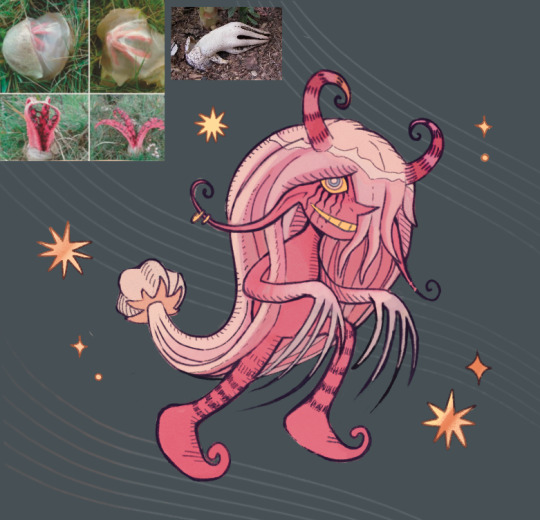

Some fae/sprite creatures based on various fungi
Left to Right: Ink Cap, Bridal Veil, Toadstool, Destroying Angel, Devil’s Fingers, Puffball
13K notes
·
View notes